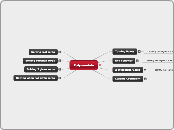da William Jubb mancano 12 anni
353
Solving Polynomials
Understanding polynomials involves recognizing their various components and behaviors. Multiplicities are identified by examining the exponents of the terms; even multiplicities show through squared terms, while odd multiplicities are evident in cubed terms.









